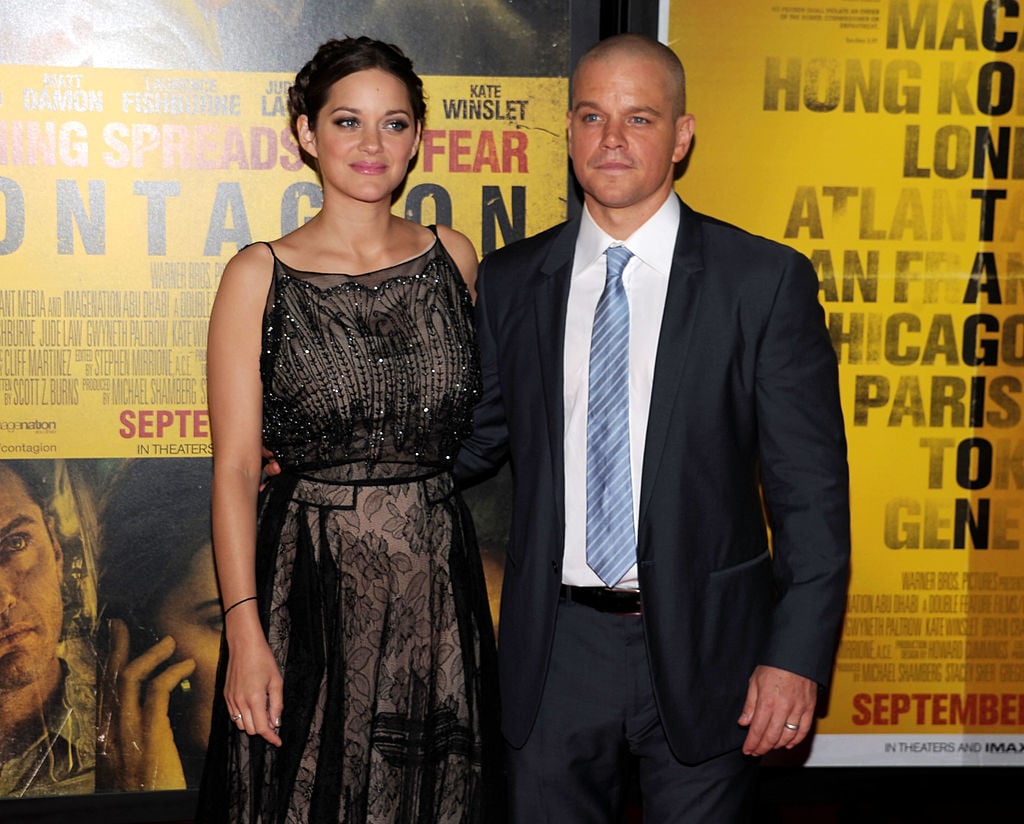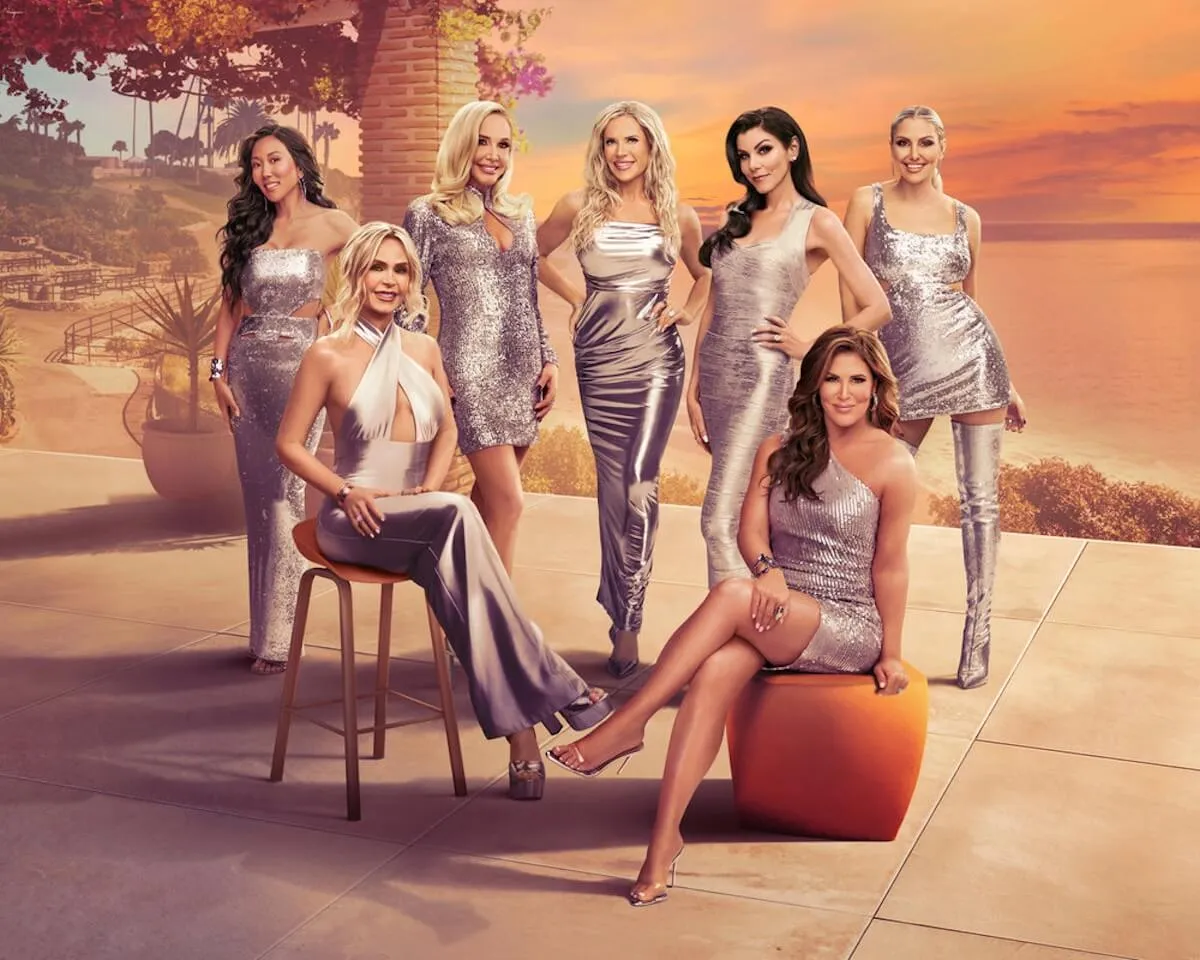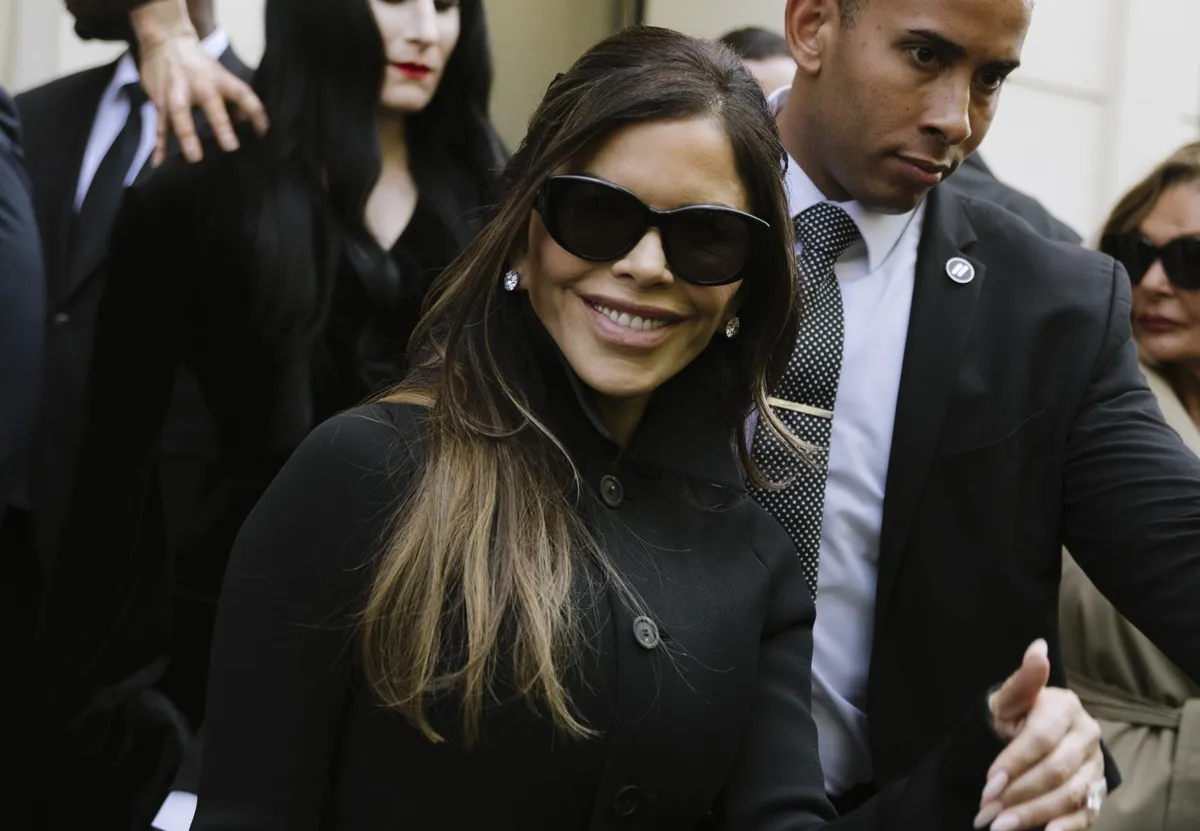‘Contagion’ Adviser Regrets That the 2011 Movie Didn’t Do More to ‘Educate Younger Populations’
Many infectious disease and public health experts consulted on the 2011 movie Contagion. Recently, they shared their memories from working on the film. They also revealed their thoughts on the current COVID-19 global outbreak. One adviser, after seeing young people on spring break amid the coronavirus pandemic, regrets that Contagion‘s educational efforts didn’t quite reach the youth.
‘Contagion’ creators used research and expert opinions to guide them

CBNC reported recently that Contagion “incorporated input from more than a dozen scientists, emergency room doctors, bio-safety experts and epidemiologists.” They acknowledge that the “film is by no means flawlessly accurate.” Still, it did science better than a lot of Hollywood films do.
A financier for Contagion named Jeff Skoll saw the movie as “an opportunity to raise awareness about pandemics so that medical experts could get more funding.” But it didn’t stop with awareness. After Contagion come out in 2011, “epidemiologists took advantage of the public interest,” CNBC reported. They introduced a brand new public health tool.
Called “flunearyou,” the tool “tracked seasonal flu rates by asking members of the public to share their symptoms.” Boston Children’s Hospital’s chief innovation officer John Brownstein, said of Contagion: “It was entertainment, but it was also advocacy.”
Brownstein is now hard at work on a coronavirus version of “fluenearyou.” He’s calling it–you guessed it–“covidnearyou.”
Scientific consultant calls the 2011 movie ‘very accurate’
Also quoted in the CNBC article is Natasha Griffith, another scientist who consulted on Contagion. At the time, Griffith “directed the operations and safety program for [UCLA’s] high-containment research facilities.” She recalled the intense training she did with the Contagion cast:
I’d spent whole days with the actors. I even remember the submarine doors we used, where there’s a gasket that inflates between the doors that means you can’t open it immediately. So I practiced that with them, and we even counted to ten to make sure that it was enough time for the light to turn from red to green.

Griffith even asked Soderbergh to “stop moving through the lab and touching things without gloves.”
“In a real biocontainment lab you can’t have fingerprints on those stainless steel surfaces because you are in a suit,” she explained. But the scientist was content with the film as a whole.
“I was very happy they listened and it was scientifically very accurate.” Griffith told CNBC.
‘Contagion’ expert says they could have done a better job spreading the ‘public health messaging to millennials’ before the coronavirus pandemic
However, despite all its research and fact-checking, there are some things Contagion never could have foreseen about a real global pandemic. Dr. Mark Smolinski was another expert on the 2011 movie. Smolinski, upon seeing the videos of young people on the beach on spring break, realized something about Contagion.
“It struck him that the film could have done more to educate younger populations,” CNBC reported.
“We need to get public health messaging to millennials,” Smolinski said.
But both Smolinski and Griffith want the COVID-19 pandemic to be a “wake up call.” So, if you forget what happened in Contagion–or you just (understandably) don’t want to rewatch it–let the real thing be lesson.


